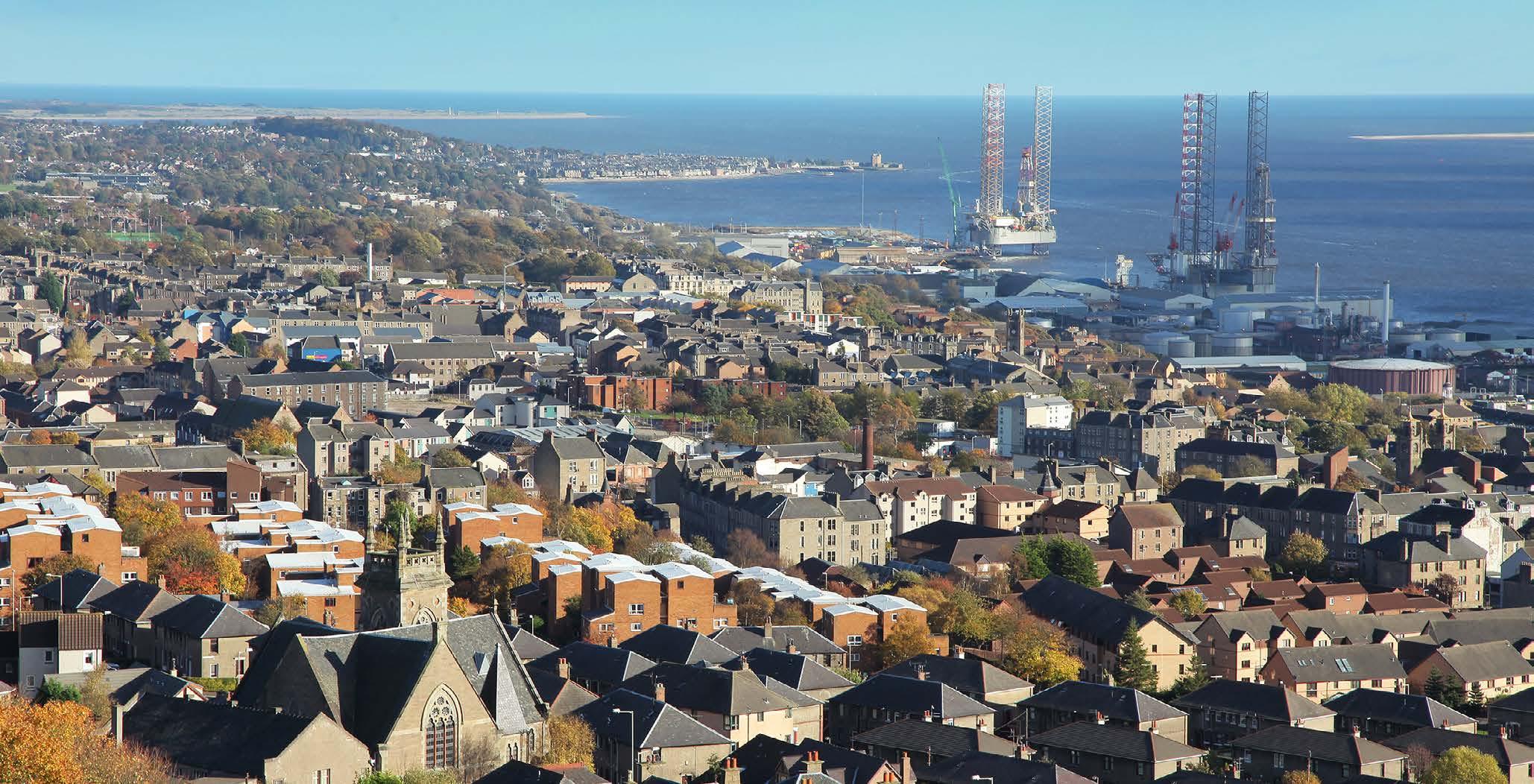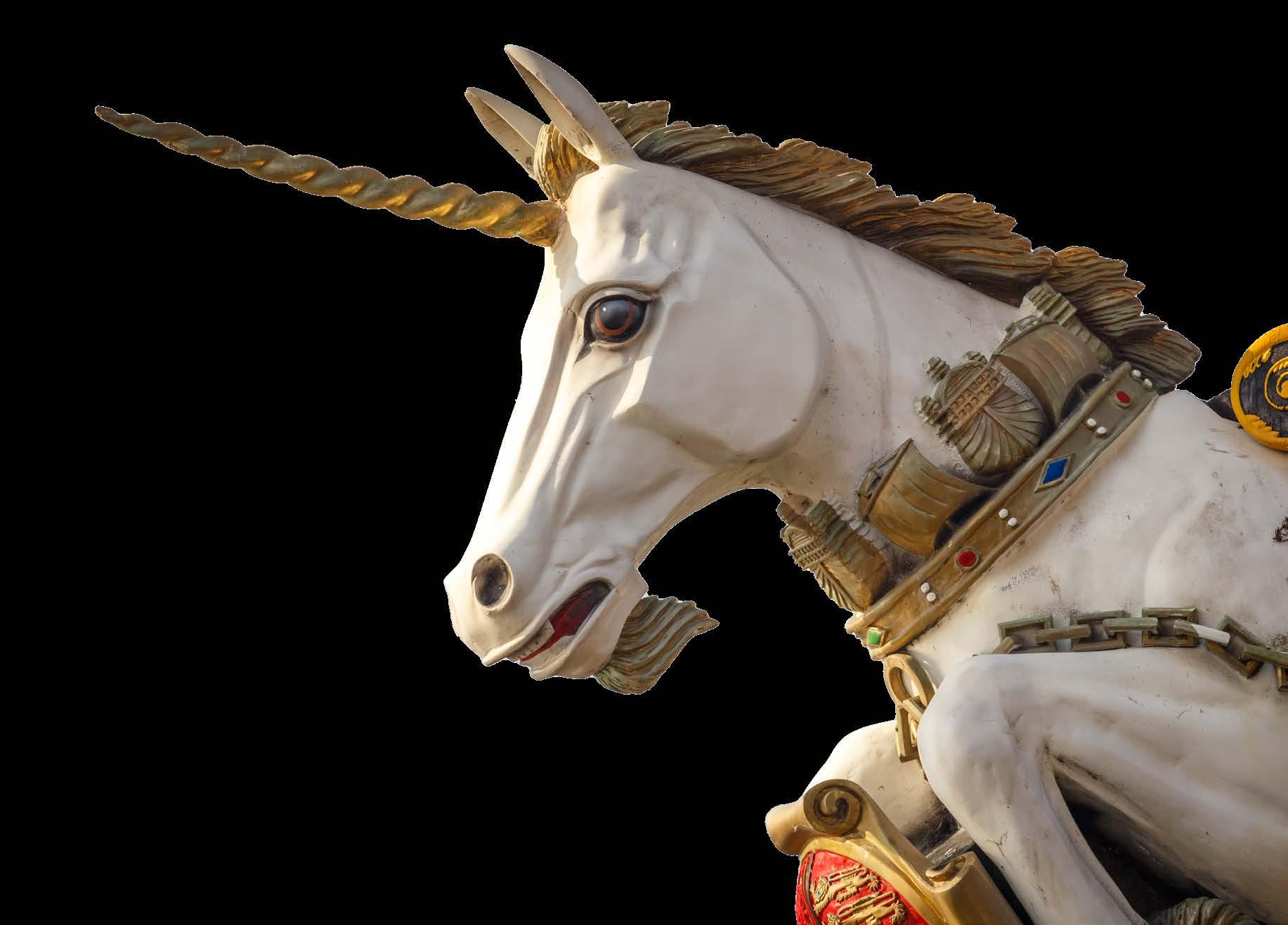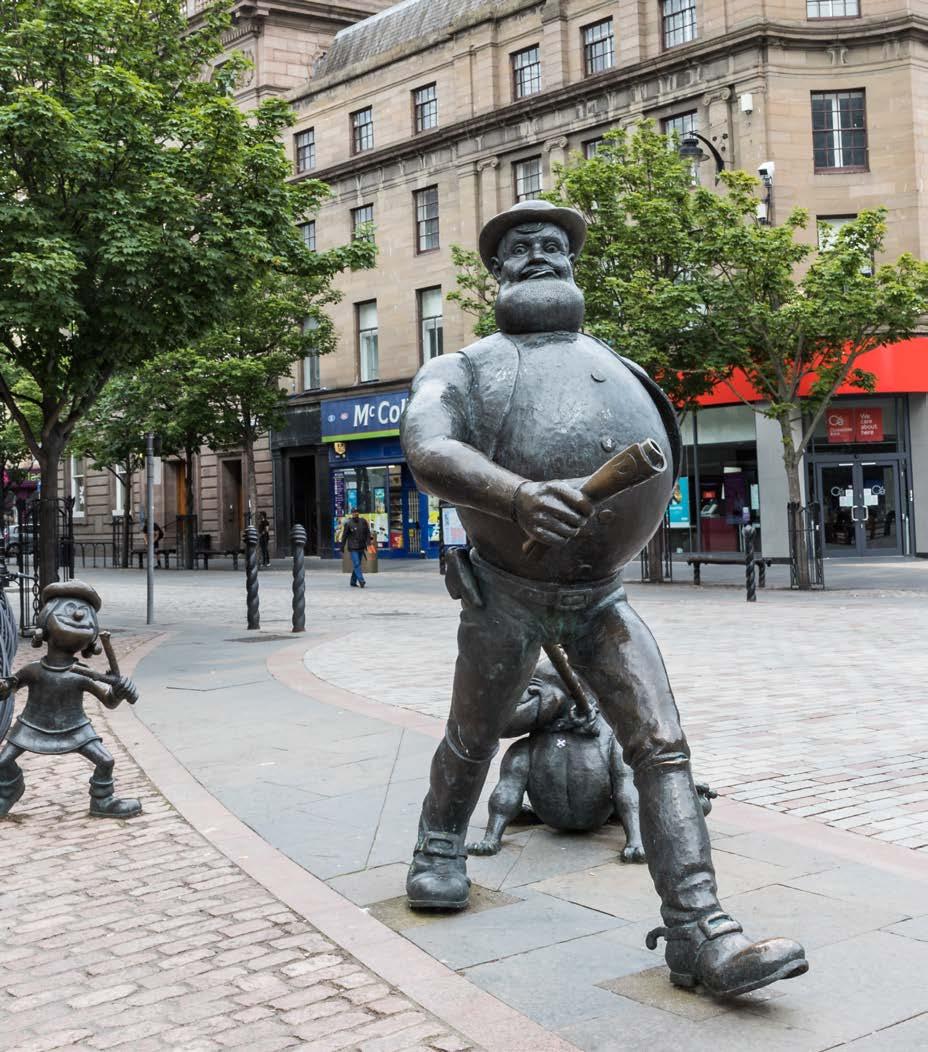
4 minute read
The CREATIVE city...
Modern day Dundee is totally different to the gritty industrial city it used to be.

Advertisement

choice and most primary school aged children’s first watches were a Timex. These watches were reliable, affordable and inoffensive looking, but the world of watch manufacture moved away from mechanical watches and Timex watches became outdated. The chairman, Fred Olsen, persuaded Sir Clive Sinclair to let the Dundee plant handle the assembly of the ZX81 computer which was the successor to the ZX80. The ZX80 was released in 1980 as an inexpensive introduction to home computing before the ZX81 was launched in March 1981.
Game On
When the jute mills closed, whaling ceased and sailing ships were replaced with ships with engines, what happened to all the people who were employed there? One thing this city and its inhabitants don’t do, is sit around and wallow in self pity, it takes action. The Keiller’s factory making marmalade, jam and Dundee cake was gaining in popularity and its fame spread across many continents. DC Thomson the Media Company was established in 1905 and their various publications proved extremely popular. The Sunday Post was the most popular Sunday Newspaper in Scotland for a long time. The people who created the cartoons for The Brooms, Oor Wullie, The Beano and The Dandy were very talented artists. The Creative side of Dundee is totally at odds with the hard, industrial image that is often associated with the city.
Timex times
In 1947 the American watch manufacturer Timex set up a small operation employing just eleven people. Within a couple of years the operation had moved to a purpose built factory and employed mostly women to make their watches. Timex watches were a very popular
Timex in Dundee was producing a computer every four seconds. Early computer games such as Football Manager were produced there. These games are often credited with being responsible for the creation of the computer games industry in the UK. They were affordable, enjoyable and created a whole new market for emerging games companies. Abertay University was the first university in the world to offer computer game design as a degree course. Dundee is renowned globally as a centre for award winning computer games which have been designed there. This has led to a whole new influx of creative people who live and work in the city. Where a lot of towns and cities are scratching their heads and wondering what to do with their crumbling and decaying city centres, Dundee is a vibrant University town with a stunningly restored waterfront area where the V&A museum sits next to the Discovery and the creative scene is very much in evidence. Duncan of Jordanstone College of Art and Design, art galleries and museums all contribute to the feeling of Dundee being a city with a new identity as a city of culture with a wealth of creativity and ready to face the 21st Century. Dundee seems like a great place to live.
Master of Reinvention


Dundee was once a thriving port on the East Coast of Scotland, thanks in no small part to the textile industry and of course whaling. Jute was a major import to Dundee and was a the very heart f this great industrial city during the days of the British Empire. Jute required heat and standing water in order to grow. Scotland may have been able to offer standing water occasionally, but certainly not the required heat. Jute has been used for textiles in the Indus river valley for thousands of years, and the Dundee jute barons, as they were known, set up many jute mills in India and Bangladesh.
Juteopolis
Jute fibres are used to create rough fabric, such as hessian, burlap and twine. Originally the jute plant was separated by hand using running water to part the fibres. Then it was discovered that this slow, labour intensive process could be treated with whale oil and the fibres could then be processed by a machine, cutting the cost of production. This discovery triggered the jute boom in Dundee and the city was soon nicknamed ‘Juteopolis’. At its peak of production, an estimated 40,000 families in Dundee were directly dependant on Jute production. It’s no wonder Dundee was also a shipbuilding hub — jute played a huge role in tallship rigging and sails, just the infrastructure the British Empire needed to sail halfway around the world to its colonies in the Indian subcontinent.
A Whale of a time - for a while
For about one hundred and fifty years, whale oil was indispensable and was used for lighting and heating, soap, as well for softening the raw jute fibres that Dundee made into sacking in the city’s mills.The whale bone could sell for up to £3,000 a ton and had a myriad of uses, from whips to chair backs to the bristles of brushes, but its main use was corsets in the female fashion industry. In the whaling heyday, almost 20 whaling ships sailed from Dundee, and the townsfolk abandoned desk, bench and loom to wave them farewell, throwing oranges and pennies on to the decks for luck as the boats left the quays. By the late1830s, overfishing of whales had seriously affected the industry, and by the mid-1880s Dundee was the only remaining whaling port in the whole of the UK.

Journalism
It is hard to imagine the landscape of Dundee when the port was buoyant, the tall chimney stacks belching out smoke from the jute mills, and everything was very industrious all around. However, by 1905 when D C Thomson Media was founded by David Couper Thomson, things had started to decline. Jute and jam were still important, but now there was a new kid on the block and journalism became another important employer in Dundee. D C Thomson are responsible for some of Scotland’s most loved newspapers and magazines including The Sunday Post, and comics like Our Wullie, The Brooms, The Beano, The Dandy and hugely successful teenage magazine The Jackie to name but a few.







